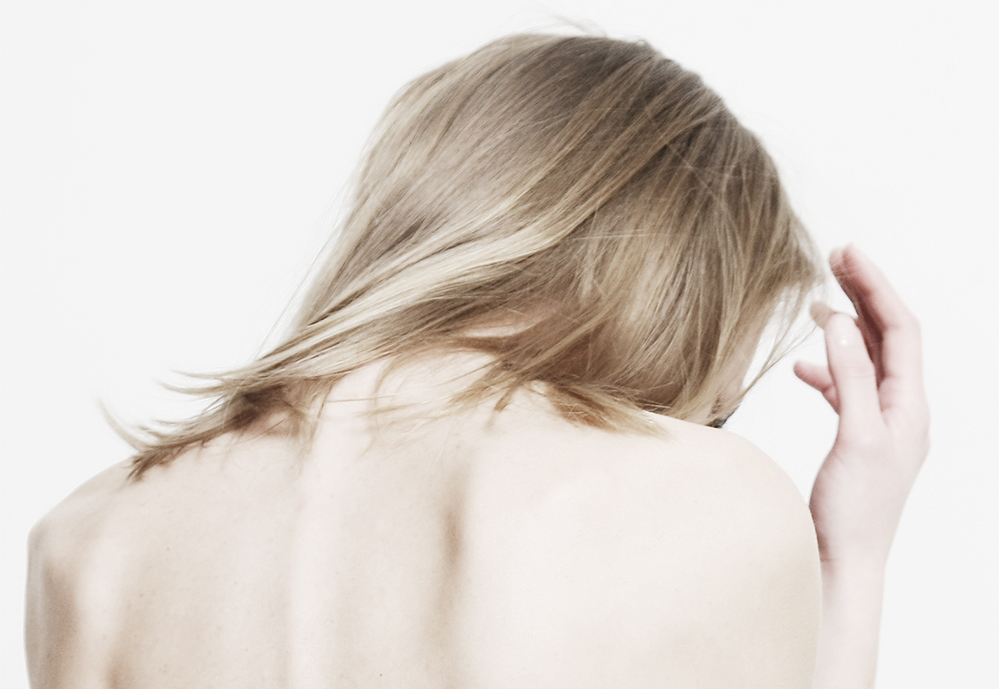
For many years I’ve had to endure a faithful companion. Especially at wintertime is when my uninvited guest would emerge the most. This troublemaker was my dandruff!
Apart from my unattractive red coloured scalp and dry dandruff, the itching was driving me crazy. Due to my scratching, the redness was getting worse and worse and as a result more and more dandruff appeared which in return made the itching that much worse. Eventually it just turned into a vicious cycle.
I had pretty much tried every over the counter dandruff shampoo from the supermarket and health food store without any success. Fortunately my doctor confirmed that no other diseases would trigger any more scalp problems. Unfortunately, the creams he gave me had no effect at all either. That’s when I realized that it was time to seriously deal with this problem by myself.
Did you know that almost every second person has to deal with scalp problems?
Many believe that dandruff and scalp problems come from poor hair and scalp care. But that is wrong!
Where do dandruffs and scalp problems come from?
In order for the uppermost layer of the scalp to regenerate itself, the lower layers need to permanently produce new cells while dead skin cells constantly flake off the skin. This excess skin generally disappears as soon as we wash our hair. But if the cells regenerate quicker than usual then the excess skin cells will accumulate on the scalp. The dead skin cells will then clump together and produce what you know as “dandruff”. This video will show you how the scalp regenerates itself and how it turns into dandruff.
Once dandruff shows up it creates a perfect medium for bacteria and fungus to grow. That is when it will begin to itch and cause that unwanted redness on your scalp
With this simple tips I finally defeated my scalp problems:
- especially in winter use scalp and hair care products with hydrating ingredients.
- healthy diet and a lot of water.
- if possible, avoid stress and try to get enough sleep.
- use special, high quality care products and shampoos with soothing and skin nourishing ingredients, such as the hair and scalp care products from La Biosthétique.
- wash your hair no more than three times a week.
- wash your hair only with warm water – never with hot water. Use a small amount of shampoo and gently massage the hair, so the scalp doesn´t get stressed. Very important: rinse your hair with cold water.
- to dry your hair squeeze the excess water gently from your hair or alternatively you can carefully use a clean towel – but avoid rubbing your hair dry.
- to relieve the inflammation and to calm the skin you can use concentrated sage tea as a hair rinse.
- try to reduce hair coloring or perms until it get´s better, in order to avoid stress to the scalp.
- keep your blow-dryer set on a medium temperature setting and comb your hair without touching the scalp to much.
Bonus Tip:
Look for a La Biosthétique hair dresser closed to you and ask him or her to perform a scalp analysis. In less than 3 min. you will know exactly which products are best for your scalp. It worked out great for me! By the way, that is how I discovered La Biosthétique. I have become a big fan of these fantastic products and I even sell them in my own hair salon today ;-)

This article was written by Silke von Rolbiezki, hairdresser, hair stylist and owner of ‘Silke von Rolbiezki Coiffure’ in Palma de Mallorca – has been involved and connected for more than 18 years in the high end hairdressing industry. She has perfected her skills over time with top hair stylists in Germany and Spain. In addition to cutting and styling, Silke is very well known for her extensive expertise in hair coloring.
References:
A healthy scalp for beautiful hair – care tips (german) | paradisi.de, published on the 31st of october 2012.
Hair care and scalp care, dandruff and Scalp Problems (german) | Silke Wesemann for onmeda.de, published on the 22nd of december 2012
How I got rid of my dandruff and itchy scalp | Floris for amazingy.com, published in 2012
Photo: © listercz – Fotolia.com #44154726
What experiences have you had?
Do you have any other tips to get rid of dandruff and other scalp problems? Give us your comments, suggestions, or feedback!
Do you like this article?
If you find this article helpful, please feel free to share it on Facebook or other social networks.
